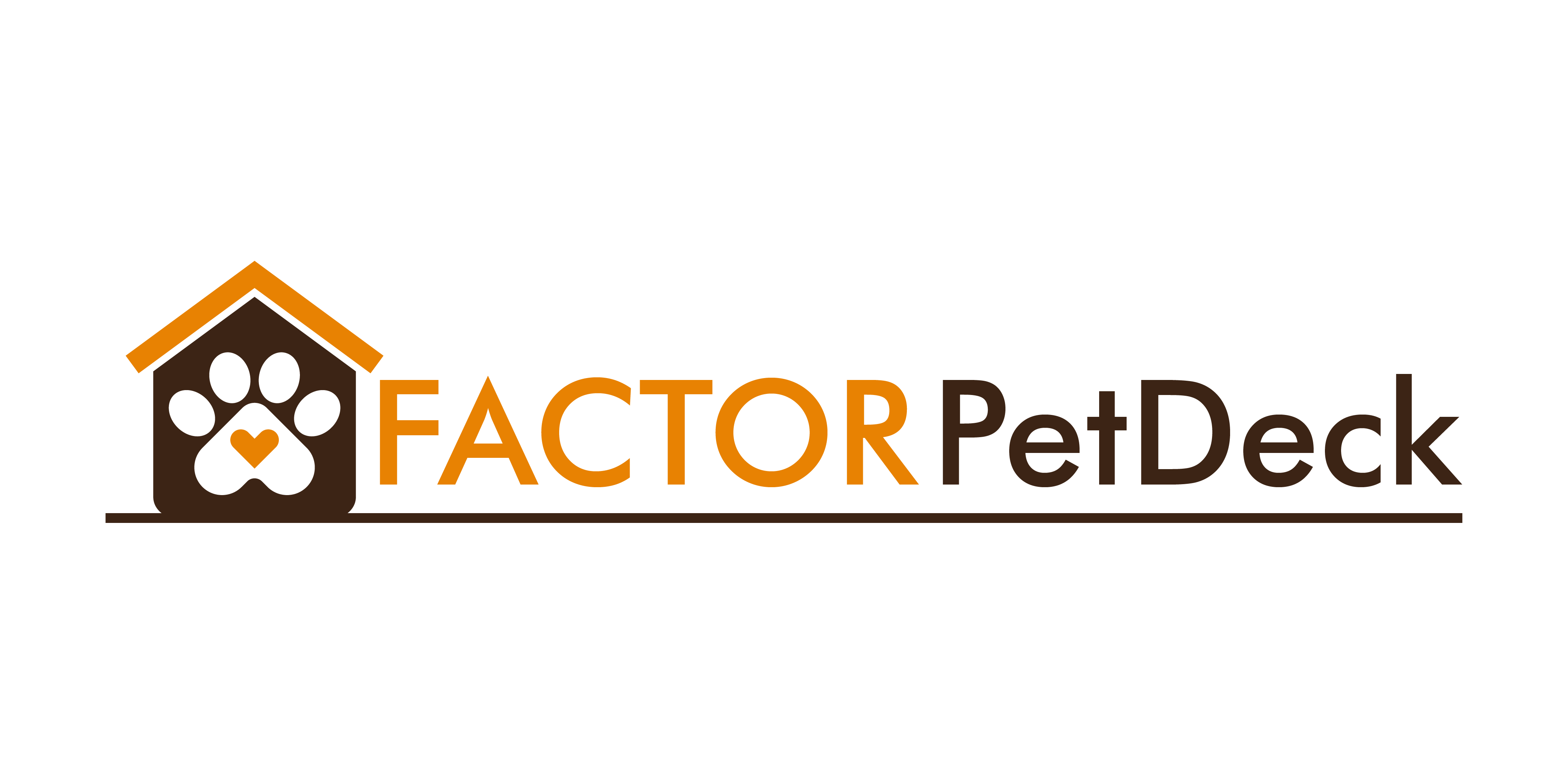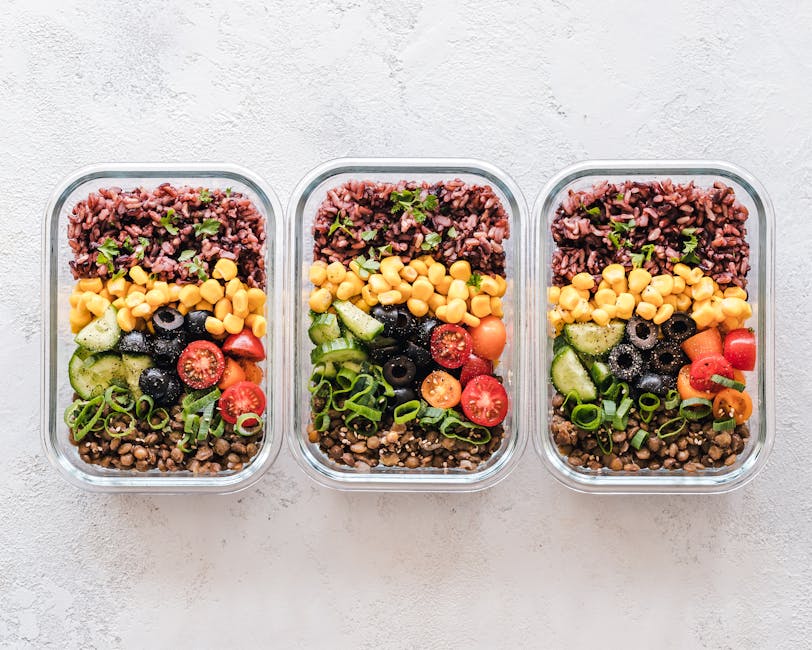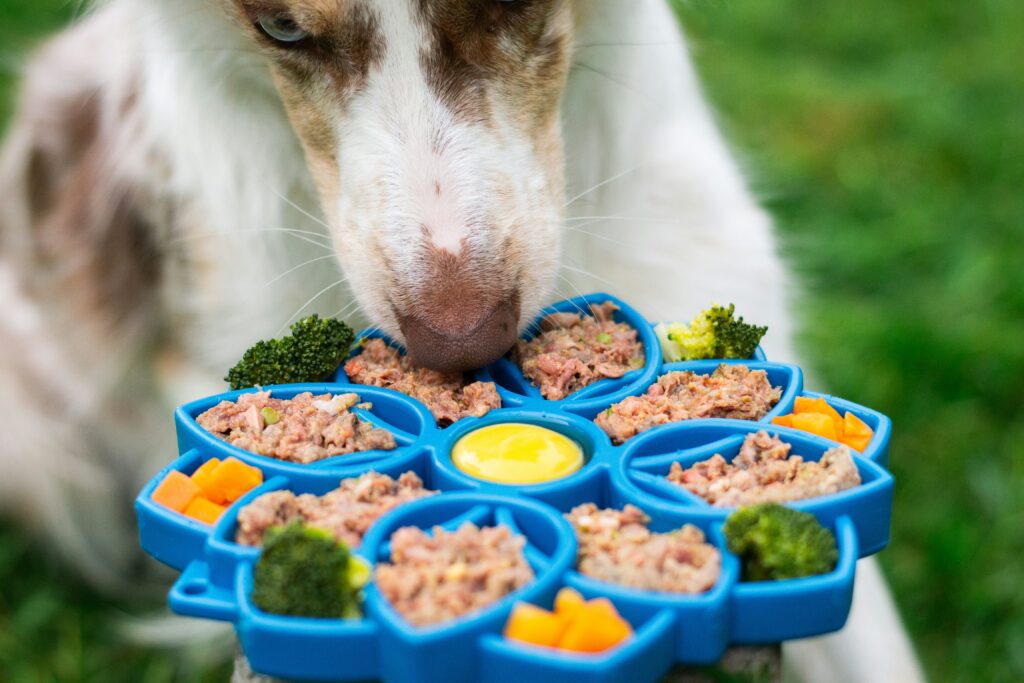Why Pet Food Labels Matter
More Than Just Marketing
Reading pet food labels isn’t just a formality—it’s a key step in protecting your pet’s health. While the front of the package may catch your eye with bold claims, it’s the finer print that truly determines what your pet is consuming. In today’s crowded market, label literacy is no longer optional.
What Most Owners Overlook
When picking up a bag of pet food off the shelf, many owners focus on brand reputation or attractive packaging. However, they often miss critical details that can make a big difference:
- Ingredients listed by weight: The first few ingredients make up the bulk of the food.
- Nutritional adequacy statements: These confirm whether the food meets established dietary standards.
- Added preservatives or artificial colorings: Common but unnecessary, and sometimes harmful.
Long-Term Health Starts with Transparency
Transparent labeling directly impacts your pet’s well-being. A clearly labeled food with identifiable protein sources, minimal fillers, and appropriate nutrient levels supports:
- Strong immune function
- Healthy skin and coat
- Better digestion and nutrient absorption
- Longevity and improved quality of life
Knowing what’s in your pet’s food—and more importantly, what’s not—is one of the most powerful tools you have as a responsible owner.
Decoding the Front of the Package
Let’s get real about pet food labels. Terms like “premium,” “natural,” and “holistic” sound impressive, but they’re often more marketing than meaning. “Premium” has no legal definition—it doesn’t guarantee higher quality ingredients or better nutrition. “Natural” typically just means the ingredients haven’t been chemically altered, but it doesn’t rule out things like preservatives. “Holistic”? Completely unregulated. Brands can slap it on without proving a thing.
Now, look at the ingredient list. Ingredients are listed by weight, from most to least. That means if “chicken” is first, great—it’s the main protein source. If corn or “meat by-product” tops the list? Not a great sign. But be cautious: moisture-heavy items like whole meats can skew the order. A food might list “chicken” first, but if that chicken is mostly water, there may actually be less protein than the next few dry ingredients combined.
Lastly, don’t be fooled by nice fonts and glossy photos of cooked meals with smiling golden retrievers. That polished packaging doesn’t tell you much about what’s inside. Read past the surface. Marketing wants your wallet. Your pet wants real food.
Breaking Down the Ingredient List
Not all proteins in pet food are created equal. If you see named meats like “chicken,” “salmon,” or “beef” high on the list, that’s a good sign. These are whole-food ingredients your pet’s body actually uses well. On the flip side, watch for vague phrases like “meat meal” or “animal digest.” Some meals can be decent if they’re named (like “chicken meal”), but anything generic raises questions about quality and sourcing.
As for by-products? Not automatically bad. If you see “chicken by-product meal,” it might include organ meats that offer real nutritional value. But if those by-products come from unnamed or low-grade sources, it leans toward filler territory.
Filler ingredients also show up as corn, wheat, or soy—especially when they dominate the top of the list. They’re not toxic, but they pack calories without much benefit, especially for pets with sensitivities.
Now onto the red flags: Skip foods with artificial preservatives like BHA, BHT, or ethoxyquin. Look out for synthetic dyes—there’s zero reason for your pet’s food to be colored like candy. And avoid anything listing added sweeteners (yes, even molasses or corn syrup). Your pet doesn’t need sugar—just nutrition that works.
Bottom line: Know what your pet is eating. Protein should lead the ingredient list, and any extras should serve a purpose—not just fill the bag.
Understanding the Guaranteed Analysis
The Guaranteed Analysis panel on a pet food label is like a nutritional snapshot. It lists percentage values for crude protein, crude fat, crude fiber, and moisture—four pillars that give you a baseline for what’s in the bowl. “Crude” doesn’t mean poor quality—it’s simply the standard method of measurement used.
Crude protein tells you how much protein is available, but not the quality. It could come from chicken, peas, or feathers (yes, really). Always cross-reference with the ingredient list. Crude fat is your pet’s main energy source—essential, but easy to overload. Crude fiber helps with digestion, though too much can disrupt absorption. Moisture matters more than people realize; canned food often has over 70% moisture, while dry food hovers around 10%.
That mix makes comparing dry vs. wet food tricky. A side-by-side check isn’t accurate unless you use a dry matter basis. In short: strip out moisture, then compare. This levels the playing field.
One last thing: more isn’t always better. A dog food boasting 45% protein might sound like a power meal, but too much protein or fat in the wrong context can stress organs or lead to weight gain. Balance beats bragging rights.
Reading the numbers is only the start—understanding what they mean for your specific pet is the real key.
Navigating Nutritional Adequacy Statements
When a pet food label says “complete and balanced,” it sounds reassuring. But that phrase doesn’t mean the food is perfect—it means it meets minimum nutritional standards established by AAFCO (Association of American Feed Control Officials). That’s a baseline, not a gold standard.
AAFCO sets nutrient profiles for pet food, and companies have two ways to meet them: formulation or feeding trials. A food that’s “formulated” has been lab-designed to align with the nutrient ranges on paper. No pets were actually fed the food before it hit shelves. In contrast, feeding trials involve real animals eating the food over time, with performance and health tracked. It’s a more rigorous test—but not every food goes through it.
Another gap: AAFCO doesn’t test or approve pet foods. Companies follow AAFCO models voluntarily, and enforcement varies across states. “Complete and balanced” means the food should be able to sustain an average, healthy pet—but it doesn’t guarantee digestibility, ingredient quality, or how it fits your individual animal.
Bottom line: That claim is a starting point. Keep reading past it.
Specialized Diets and When They Matter
Not all pet foods are created equal—and your pet’s needs may vary drastically depending on their breed, age, health conditions, and more. With so many options on the market, understanding when a specialized diet is more than just a marketing term is essential to promoting your pet’s overall health.
Popular Specialized Diet Options
Certain food labels signal dietary focuses that may or may not benefit your pet. Here’s what they actually mean:
- Grain-Free Formulas: Often marketed for pets with grain allergies or sensitivities. While some pets may benefit, many thrive on grains. It’s important to consult your vet before switching.
- Limited Ingredient Diets (LID): Designed to reduce exposure to allergens by including fewer ingredients. Ideal for pets with food sensitivities or allergies.
- Breed-Specific Formulas: Targeted options that claim to address the size, metabolism, and common health issues of certain breeds. Can be beneficial, but careful label reading is still essential.
Matching Food to Life Stage
Pets have different nutritional needs at different stages of life. Food labels should clearly state the intended life stage:
- Puppy or Kitten: Higher in calories, protein, and nutrients to support rapid growth.
- Adult: Balanced to maintain energy and overall health without overfeeding.
- Senior: Often adjusted for joint health, digestion, and reduced activity levels.
Tip: Feeding the wrong life stage formula can result in nutritional deficiencies or unnecessary weight gain.
When to Consider Supplemental Nutrition
In some cases, a standard diet—specialized or not—may not be enough for your pet:
- Pets with chronic conditions may benefit from supplements (e.g., joint support, digestive enzymes).
- Active breeds or working animals sometimes require increased caloric intake or added nutrients.
- Post-surgery, recovery, or age-related issues may demand dietary adjustments.
For further insight: Do Pets Need Dietary Supplements? A Vet’s Perspective
Knowing when your pet needs more than just what’s in the bag is key to optimizing their health.
What Not to Overlook
Reading ingredient lists and nutrition claims is crucial—but the fine print matters just as much. Many pet owners overlook essential details that can directly impact the quality and safety of their pet’s food. Here’s what you should always double-check before buying that next bag or can.
Check Expiration Dates and Storage Instructions
Pet food can expire just like human food. Giving your pet expired kibble or wet food can lead to nutritional deficiencies—or worse, health issues from spoilage or mold contamination.
- Always check the “best by” or expiration date before purchasing
- Store food in a cool, dry place in an airtight container to prevent spoilage
- Avoid bulk-buying if you can’t use the food before its expiry—freshness matters
Investigate Manufacturer Transparency
Not all brands are created equal, and a lack of transparency from the company behind the food should be a red flag.
- Look for brands that disclose sourcing and manufacturing practices
- Check if their products are made in certified facilities with quality control protocols
- Brands that work with veterinary nutritionists or conduct feeding trials offer added peace of mind
Pay Attention to Country of Origin
Where your pet’s food is made—and where its ingredients come from—affects safety, regulation standards, and overall trust.
- Foods made in the US, Canada, or the EU often follow stricter safety standards
- Some ingredients sourced internationally may lack oversight or consistency
- Avoid vague labels like “Made for XYZ Brand” without clear country information
Even the smallest details on a pet food label can reveal important information about the product’s quality and safety. Don’t skip the fine print—it could make a big difference in your pet’s health.
Final Word
Reading a pet food label isn’t rocket science—but it’s not mindless, either. A fast, informed decision comes down to knowing what actually matters: protein quality, ingredient order, what’s added (and what’s not), and whether the formula fits your pet’s needs by age, size, or condition. If it sounds too good to be true or leans heavily on marketing buzzwords, pause.
But label reading is just the on-ramp. Smarter pet nutrition means staying curious—checking up on brands, adjusting as your pet’s needs change, and asking real questions. Health doesn’t come in a single bag. It’s a constant feedback loop between what you feed, how your pet responds, and what you learn next.
Your pet can’t read labels. Doesn’t need to. That’s your job—and it’s one that gets easier the more you know.




